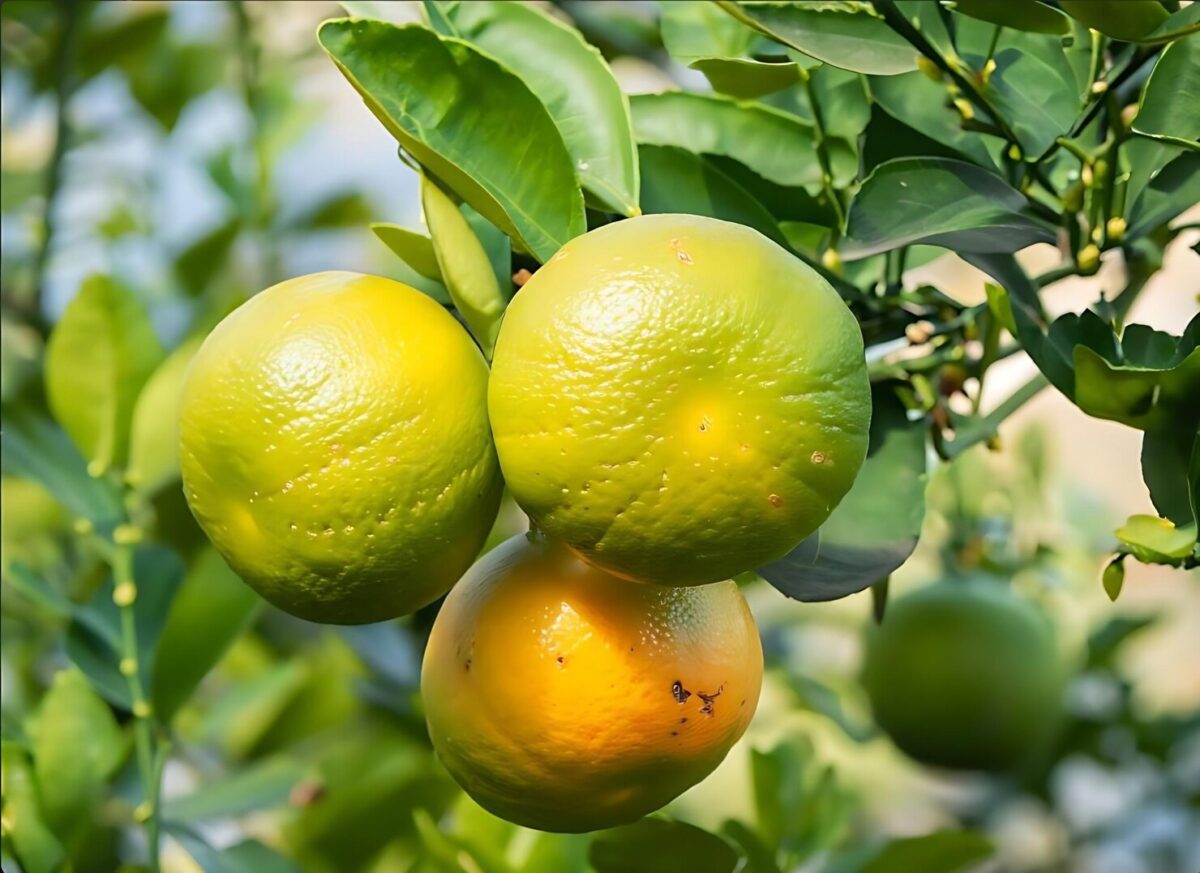Innovative Solutions Emerge to Save the Industry from Citrus Greening

The sun-soaked groves of Florida, once the heartland of citrus production, have witnessed a staggering decline in orange production over the past two decades. In 2004, the United States Department of Agriculture (USDA) estimated Florida’s orange production at a robust 242 million boxes. By 2022, this figure had plummeted to a mere 41 million boxes. While various factors contributed to this alarming drop, none has garnered more attention than the relentless scourge of citrus greening.
Citrus greening, scientifically known as Huanglongbing (HLB), is a devastating disease transmitted by the Asian citrus psyllid, a tiny insect that carries the Liberibacter bacteria into a tree’s vascular system. Symptoms of HLB include mottled leaves, stunted growth, reduced fruit size, premature fruit drop, and, ultimately, tree death. Since its first detection in Florida in 2005, HLB has spread across the state, reducing citrus production by a staggering 75% and doubling production costs.
The global reach of this scourge is undeniable, with HLB making its presence known in several citrus-producing countries worldwide. From Brazil to China, eastern and southern Africa to the Indian subcontinent, and even the Saudi Arabian Peninsula, citrus growers everywhere have faced the relentless onslaught of this disease.
Finding a solution to combat HLB has proven elusive due to the unique challenges posed by the Liberibacter bacteria. Dr. Kurt Ristroph, an Assistant Professor at Purdue University, explains, “It can’t be grown in a dish because the dish isn’t similar enough to the phloem environment.” Consequently, the most effective solution to date has been the removal of infected trees.
However, a glimmer of hope has emerged in the form of Invaio’s groundbreaking Trecise technology. Unlike traditional injection treatments, Trecise uses a minimally invasive system to introduce small amounts of active ingredients directly into a tree’s vascular system. This approach aims to manage, rather than eradicate, the bacteria, a significant shift in strategy. Initial trials on bearing trees have shown a remarkable 30% increase in yield after just one treatment, with further increases expected with consecutive treatments.
Arcadia-based TriYield has also entered the fray, employing Aqua-Yield’s nanoliquid solution to treat infected trees with zinc and indole acetic acid, resulting in reduced fruit drop. Landon Bunderson, Chief Science Officer for Aqua-Yield, notes that the technology has improved calcium and potassium uptake, essential for healthy tree growth, and has shown promise in directly combating the infection.
However, the pervasive nature of HLB means that treated trees are susceptible to reinfection, necessitating regular injections. Dr. Ristroph highlights another challenge, stating, “The disease lives deep inside these trees, so getting through all the physiological barriers to reach the site of infection with an antibiotic is a major challenge.”
Research into HLB treatment has been ongoing for over a century, with recent efforts gaining momentum. In 2017, Bayer partnered with the Citrus Research and Development Foundation (CRDF), securing a substantial grant to fund a multi-year study. In California, researchers at the University of California Riverside have discovered a peptide that suppresses the disease’s effects, offering a potential breakthrough.
The U.S. citrus industry, valued at over $3.3 billion, is not the only region grappling with HLB. Brazil, a major orange producer, has seen a 56% increase in citrus greening in its main orange-producing regions. To combat the disease, the government has implemented strict measures, including the elimination of infected trees.
Syngenta, a prominent player in the agricultural industry, suggests a two-pronged approach involving the use of neonicotinoids and foliar insecticides, coupled with a root health treatment program. This multifaceted strategy aims to combat both the insect vector and the disease itself.
As we stand at the intersection of science, innovation, and determination, the battle against citrus greening continues. With each breakthrough, the hope of rejuvenating the citrus industry grows stronger. The struggle to save the groves is far from over, but the unwavering commitment of researchers and growers offers a promising future for citrus cultivation.



